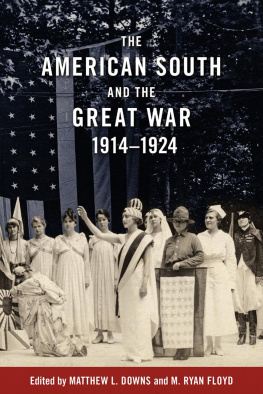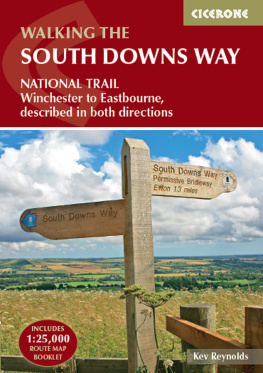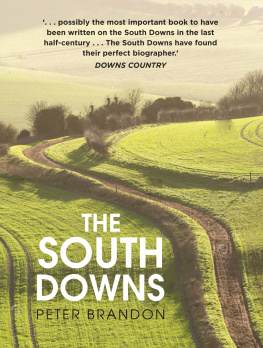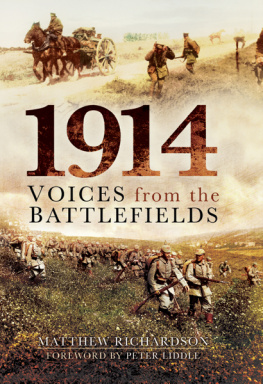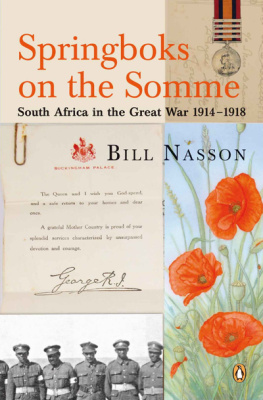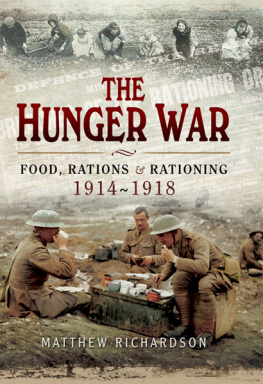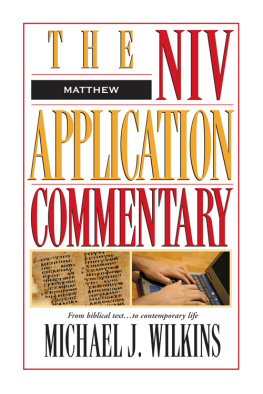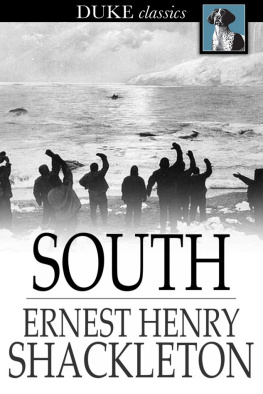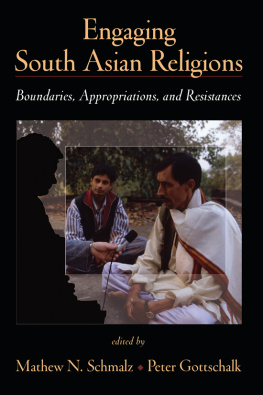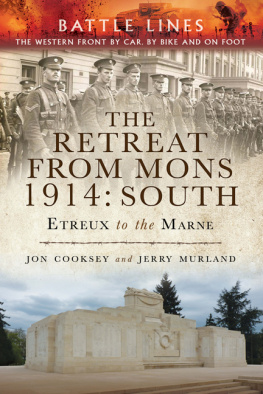THE AMERICAN SOUTH AND THE GREAT WAR, 19141924
THE
AMERICAN SOUTH
AND THE
GREAT WAR,
19141924
EDITED BY
MATTHEW L. DOWNS and M. RYAN FLOYD
LOUISIANA STATE UNIVERSITY PRESS

BATON ROUGE
Published by Louisiana State University Press
Copyright 2018 by Louisiana State University Press
All rights reserved
Manufactured in the United States of America
First printing
Designer: Barbara Neely Bourgoyne
Typeface: Adobe Minion Pro
Printer and binder: Sheridan Books
Library of Congress Cataloging-in-Publication Data
Names: Downs, Matthew L., 1980 editor. | Floyd, M. Ryan, 1974 editor.
Title: The American South and the Great War, 19141924 / edited by Matthew L. Downs and M. Ryan Floyd.
Description: Baton Rouge : Louisiana State University Press, [2018] | Includes index.
Identifiers: LCCN 2018012613| ISBN 978-0-8071-6937-7 (cloth : alk. paper) | ISBN 978-0-8071-7012-0 (pdf) | ISBN 9780807170137 (epub)
Subjects: LCSH: Southern StatesHistory18651951. | World War, 19141918Social aspectsSouthern States. | World War, 19181914Economic aspectsSouthern States.
Classification: LCC F215 .A43 2018 | DDC 975/.04dc23
LC record available at https://lccn.loc.gov/2018012613
The paper in this book meets the guidelines for permanence and durability of the Committee on Production Guidelines for Book Longevity of the Council on Library Resources.

CONTENTS
Introduction: The Souths Other Other War
MATTHEW L. DOWNS AND M. RYAN FLOYD
1. A Diarrhea of Plans and Constipation of Action: The Influence of Alabama Cotton Farmers, Merchants, and Brokers on Anglo-American Diplomacy during the First World War, 19141915
M. RYAN FLOYD
2. Manhood, Duty, and Service: Conscription in North Carolina during the First World War
JAMES HALL
3. World War I and South Carolinas Council of Defense: Its Campaign to Root out Disloyalty, 19171918
FRITZ HAMER
4. Food Soldiers: Rural Southerners and Food Regulation during World War I
ANGELA JILL COOLEY
5. The Call to Duty in the Old North State: Patriotism, Service, and North Carolina Womens Colleges during the Great War
KATHELENE McCARTY SMITH AND KEITH PHELAN GORMAN
6. The Great War and Expanded Equality?: Black Carolinians Test Boundaries
JANET G. HUDSON
7. The Races Greatest Opportunity since Emancipation: The National Association for the Advancement of Colored People, the Great War, and the South
LEE SARTAIN
8. Cottons Chaotic Home Front: The First World War and the Southern Textile Industry
ANNETTE COX
9. The Battle for Commerce Is Begun: Building the Port of Mobile, Alabama, after World War
MATTHEW L. DOWNS
THE AMERICAN SOUTH AND THE GREAT WAR, 19141924
INTRODUCTION
The Souths Other Other War
MATTHEW L. DOWNS AND M. RYAN FLOYD
I n a now-famous essay, the historian Morton Sosna challenged long-held conventional thinking with his contention that World War II was more important to the development of the modern South than the Civil War. He clarified his position in an introduction to Neil McMillens Remaking Dixie, calling the other war a regional watershed which led to economic growth and change, political restructuring, and challenges to the regions unequal social hierarchies. Few historians would make a similar case for World War I. The Great War casts a much smaller shadow over southern history: the duration was shorter, the investment in economics and manpower was not as great, and the demands of the defense effort were less expansive than in the world war to follow. Nevertheless, the First World War did affect the South, and in many ways, the changes that occurred during and after the conflict laid foundations for the transformative nature of the Second World War.
This collection of recent scholarship on the impact of World War I on the South speaks to that transformation. Specifically, the authors examine how southern participation in the war effort challenged and, in some cases, reshaped the traditional structure of southern life. The essays address a number of specific topics, each of which sheds light onto a particular aspect of southern society during this period. Authors trace the way that the requirements and limitations of a national war challenged southerners to come to terms with their regional and local identities, with discussions of foreign policy, loyalty and security, and the draft and conceptions of patriotism and service. Other contributors address wartime challenges to those groups marginalized by southern life, demonstrating a variety of early attempts to address aspects of civil rights for African Americans (with mixed results) and efforts by young women to assert identities amidst the stereotypes of southern separate spheres. And finally, authors investigate the way that participation in the defense effort forced southerners to come to terms with a changing economy and the beginnings of industrial modernization. Taken as a whole, this collection provides new insight into an important period in the development of the modern South and suggests that World War I is more important, and more essential, to the Souths transformation than has previously been considered by the historical community.
Given the overall interest in early twentieth-century southern history, there is relatively little scholarly discussion of the regions role in World War I. In fact, the Great War has a surprisingly scant American historiography. Of the few notable books investigating the US home front during the war, including David Kennedys Over Here, Nell Irvin Painters Standing at Armageddon, and Robert Schaffers America in the Great War, the South is treated obliquely, subject to many of the larger stresses and changes affecting communities across the nation. There is no stand-alone monograph covering the experience of the South during World War I. George Brown Tindalls The Emergence of the New South, 19131945 comes closest and remains the most comprehensive account of the World War Iera South, despite the fact that the book is approaching its fiftieth anniversary. In a chapter carrying the subtitle Southern Horizons Expand, Tindall argues that southerners emerged from the war with a larger national and international perspective, inspired to build on wartime changes and facing significant challenges to an existing way of life. The authors included here build on Tindalls conclusions to examine and expand on the extent of those changes, adding to his broader discussion of the transformation of the South while contributing original, new research to show the extent to which the war effort expanded southern horizons.
The work that does exist on the World War I South concerns either individualistic accounts of communities and states or studies of one specific theme covering the broader region. Martin T. Olliffs The Great War in the Heart of Dixie, an edited collection covering the war in Alabama, is perhaps the most broad-reaching. The essays included examine a variety of topics, including economic development, military participation, state politics, and the impact on race relations. These essays illuminate the impact of the war on many factors of life in the state, yet the limited scope, focusing just on Alabama, does little to uncover the variety of responses to World War I that occurred throughout the South. Building on the questions asked by these Alabama historians, the contributors to this volume demonstrate that the change was more extensive and more comprehensive than has previously been understood.
 BATON ROUGE
BATON ROUGE

